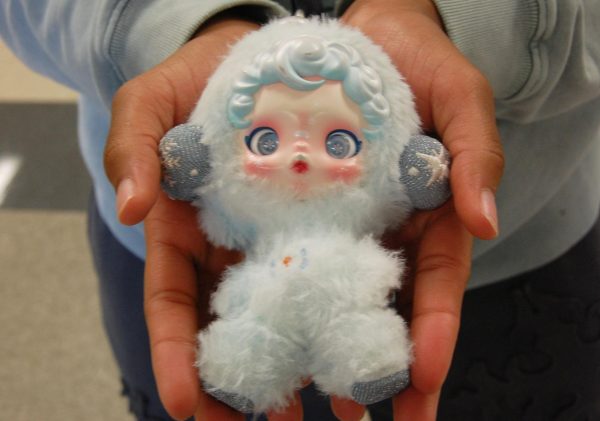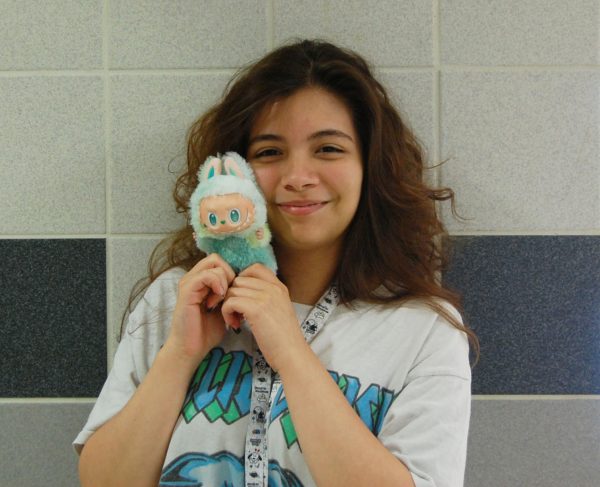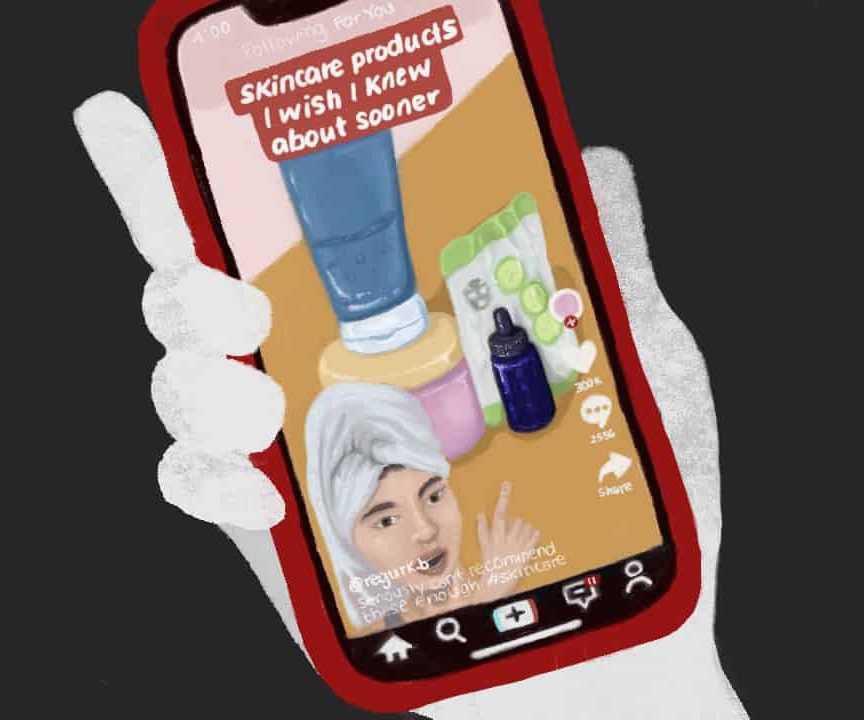Labubus, Sonny Angels, Benson Boone, dubai chocolate, and Crumbl Cookies. All of these terms are components of a single genre: microtrends.
A microtrend is a short-lived but highly influential trend, shaping the market and culture during its lifespan. We see the power of these trends throughout the year as students adopt figurines including Labubus, Sonny Angels, Skull Pandas, Smiskis, as well as others. Seniors partook in the trend of senior backpacks, where they wore “kiddie” backpacks as a nostalgic way to reconnect with their childhood one last time.
“I’m spending my money on useless things, but it’s cute,” senior Giselle Arguta said.
On the surface, these trends are regarded simply as lighthearted entertainment. They offer a common interest that can be fun and sometimes even thrilling (blind bags, for instance). At their core, however, they don’t serve much purpose outside of temporary gratification. The lack of longevity and purpose cause these trends to contribute to overconsumption.

“Everything comes and goes. Once something dies down or people lose interest, they try to create more, which will become more overconsumption, and then it’ll also lead to more waste,” senior Trinity Parks said.
A major consequence of these trends is the excessive gain of unnecessary items. Once the hype dies down, there is an unwanted collection of figurines and objects that offer no significant use.
“So much material goes into what’s needed, and since it has to come out so quickly in a short amount of time, it’s going to raise pollution,” senior Aleena Heritage said.
Due to high demand, these items are mass-produced, which requires substantial amounts of resources that generate waste and pollutants that could harm the environment. Consumers also play a role, opting to discard all these plastic items or trendy clothing pieces once they go out of style.
“More than anything, it has to start with us because the companies are still gonna produce whatever they need,” Heritage said.

There are sustainable ways to get rid of the items, including donating and recycling, but thrift stores eventually run out of room, and some components are not recyclable. The most efficient way to lower pollution, and additionally lower overconsumption, is to step away for a minute and reflect. Consider whether you truly need more clothes, collectibles, water bottles, etc. When you switch from impulse buying to conscious buying, you can save money, resources, and, in turn, the environment. Despite all of it, however, micro trends don’t have to be bad.
“I would say trends can be good, you know, like the ice bucket challenge, just raising awareness for ALS and stuff like that,” senior Michael Mensendick said.
When the majority of these trends shift to goals like the one Mensendick mentioned, they hold meaning and provide benefits for everyone involved. At the end of the day, buying one cookie or one Labubu doesn’t hurt anyone, nor does participating in these trends do any active harm. However, on a large scale, it would do us good if we focused more on what we can do instead of what we can buy.
“I feel like [trends] should be important, such as raising awareness for certain illnesses and stuff like that, and not just some silly little ‘eat chocolate’ thing,” Mensendick said.










